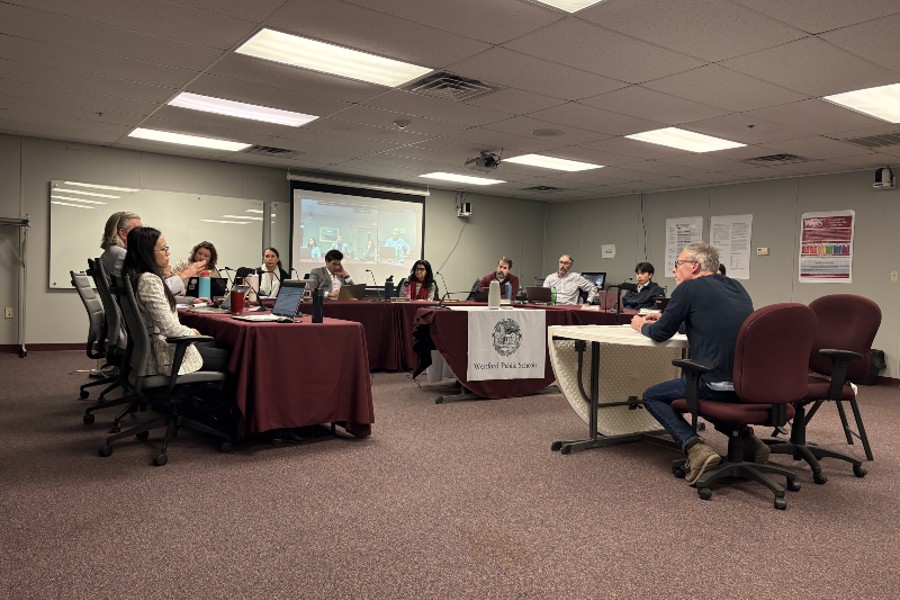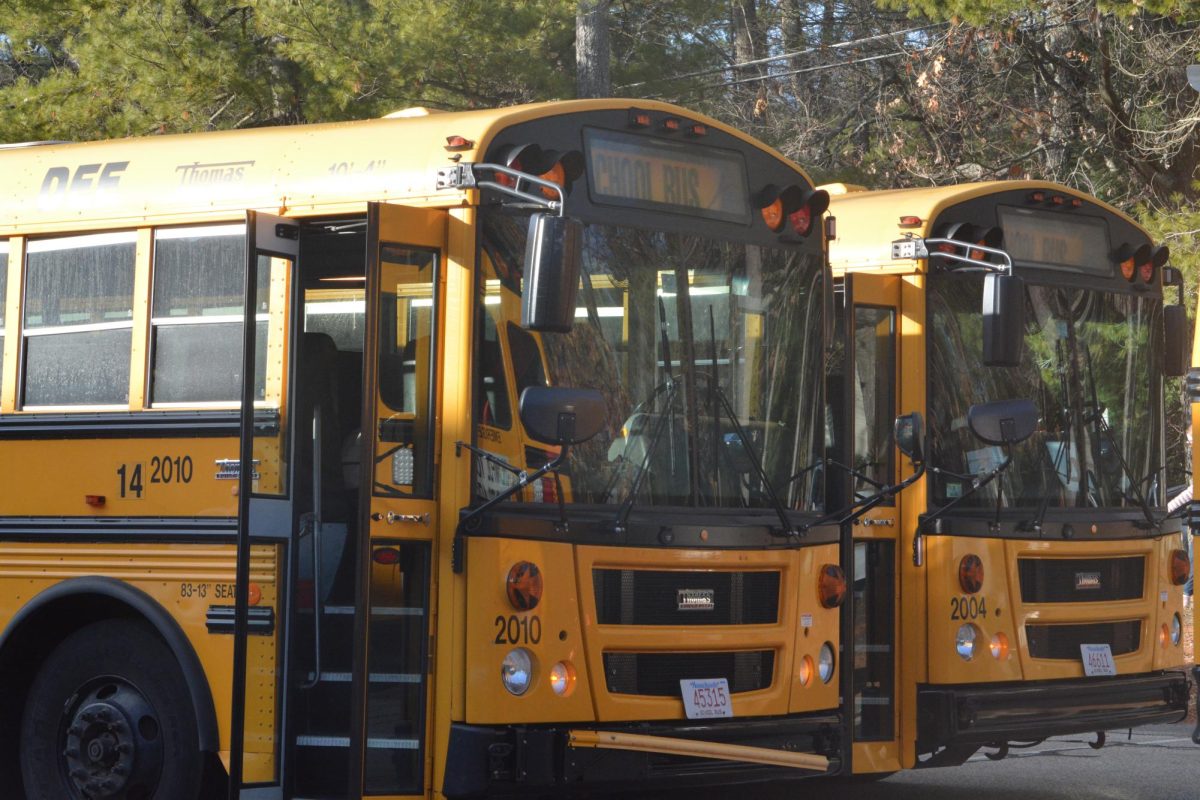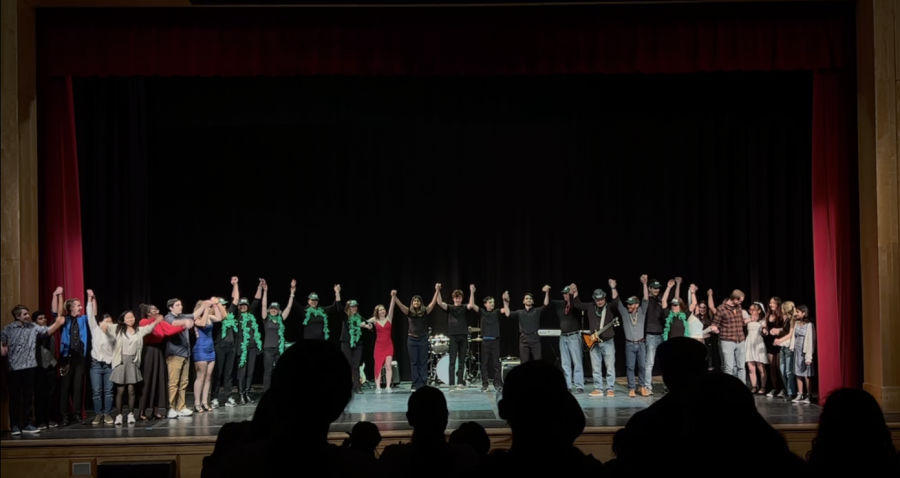
By Tim DeLouchrey
Sports Liasion
There are no more lines out the door to the WA cafeteria on Friday nights. In fact, there’s hardly a line at all. The hype surrounding school dances is no longer a positive one. For three years now, dances have been boycotted.
For what it’s worth, dances never truly left. Administration, as well as select clubs, have continuously attempted to re-energize the spirit on dances. From time to time, dances are advertised on WABC, or on signs around the halls.
For the past three years, dances have followed a consistent pattern. They are announced, then advertised, then shut down once minimal tickets are sold. Administrators and clubs alike (DECA, etc.) have put in hours of effort to attempt to run dances, all for nothing. This is understandably frustrating, and has led to less and less of a push for dances.
It is of no surprise that the lack of participation at dances has directly correlated to the ban of grinding. The first dance of the school year in 2011 was the first to follow the grinding ban. Fifteen students were removed from that dance because of their failure to observe the rule put in place.
After that dance, attendance plummeted. DECA’s annual Halloween dance was next in line that year, and was crippled by disinterest.
This trend, however, may begin to change.
The last class that was allowed to grind at dances was the class of 2014, this year’s graduating class. Once that class graduates, a batch of students will remain who had nothing to do with the ban of grinding.
Teachers and administrators do not all follow suit on this theory, as it is all purely rumor and speculation at this point. However, some teachers at WA see this as their opportunity to seize the attention and interest of the student body and begin having recreational activities hosted at WA once again.
“The younger students coming in don’t know of this whole culture, and I think it has really gone by,” said math teacher and current Student Council advisor John Nidzgorski.
Next year, when the class of 2018 arrives, an entirely new rotation of students will be at WA since grinding was allowed.
It is true that successful dances are still held at the middle school level, according to multiple sources. If dances are successful with those students in one place, it is likely that they will be successful here as well.
However, it is not that simple.
It may be hard to change the mind set of students that are already at the high school. It hasn’t just been this year’s seniors avoiding dances, it has been all classes.
According to junior Doug Boyle, dances have a “terrible reputation” throughout the student body.
An incoming freshman wants to fit in, and if the buzz around the school is that dances are ‘socially outlawed’, then they will be discouraged from attending.
“The biggest thing that would help would be having a dance, and having it be successful,” said Nidzgorski. “Even if it’s only 200 students. The students that went would hopefully have a good time and word would spread. And then maybe the next dance would have 400, or 800 students.”
Word spreads like wildfire at a high school, but if no one attends, there is no word to be spread. Ideas have been tossed around about how to jump start attendance. Physical education instructor Sean O’Leary has come up with a few ideas such as a “battle of the bands” style dance. This would consist of student bands playing music, and in between set ups, a DJ would take over.
O’Leary also suggested the possibility of bring back a middle school teen center environment. Though he does not think they should replicate it exactly, he did say that the idea of having multiple “stations” would likely be beneficial.
“I’ve been working with a couple different groups. This is something I believe we have a responsibility to provide. I think that there are some groups, such as Project Purple, who are interested in bringing back a dance,” said O’Leary.
O’Leary’s ideas, for the most part, were fading away from the traditional dance setting. He believes that standard dances are hard to encourage because they are somewhat outdated.
“We’re selling students a 50 year old product and it’s no surprise to me that the students aren’t buying it. It’s my philosophy that we need to get with it and see what will intrigue the kids to come back.” said O’Leary.
So while dances are quite possibly a thing of the past, it doesn’t mean that WA has given up completely on all recreational activities.
“We’re trying hard to think about what kids would be drawn to. We’re gonna try to re-invent what the dance is,” said O’Leary.











